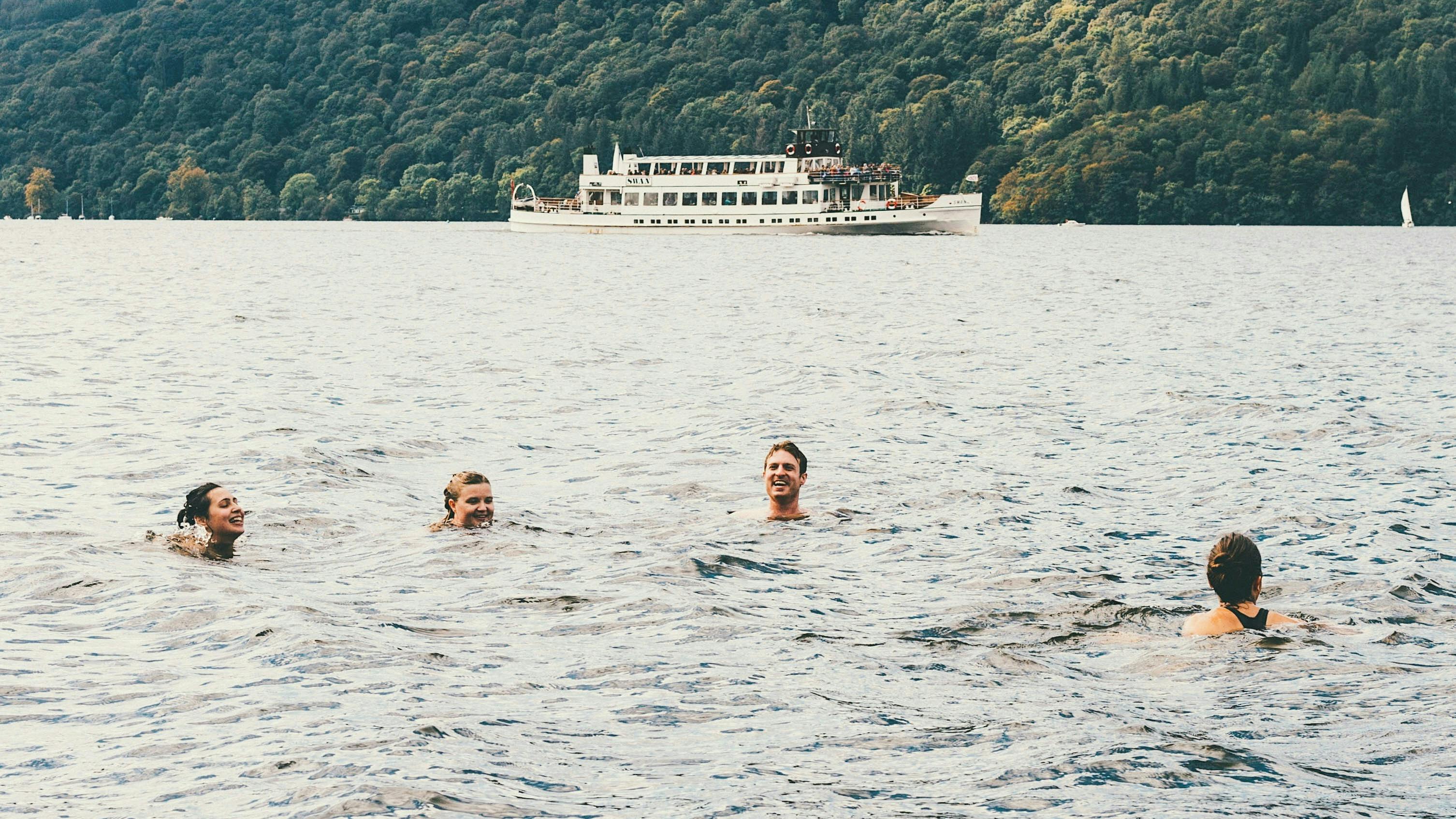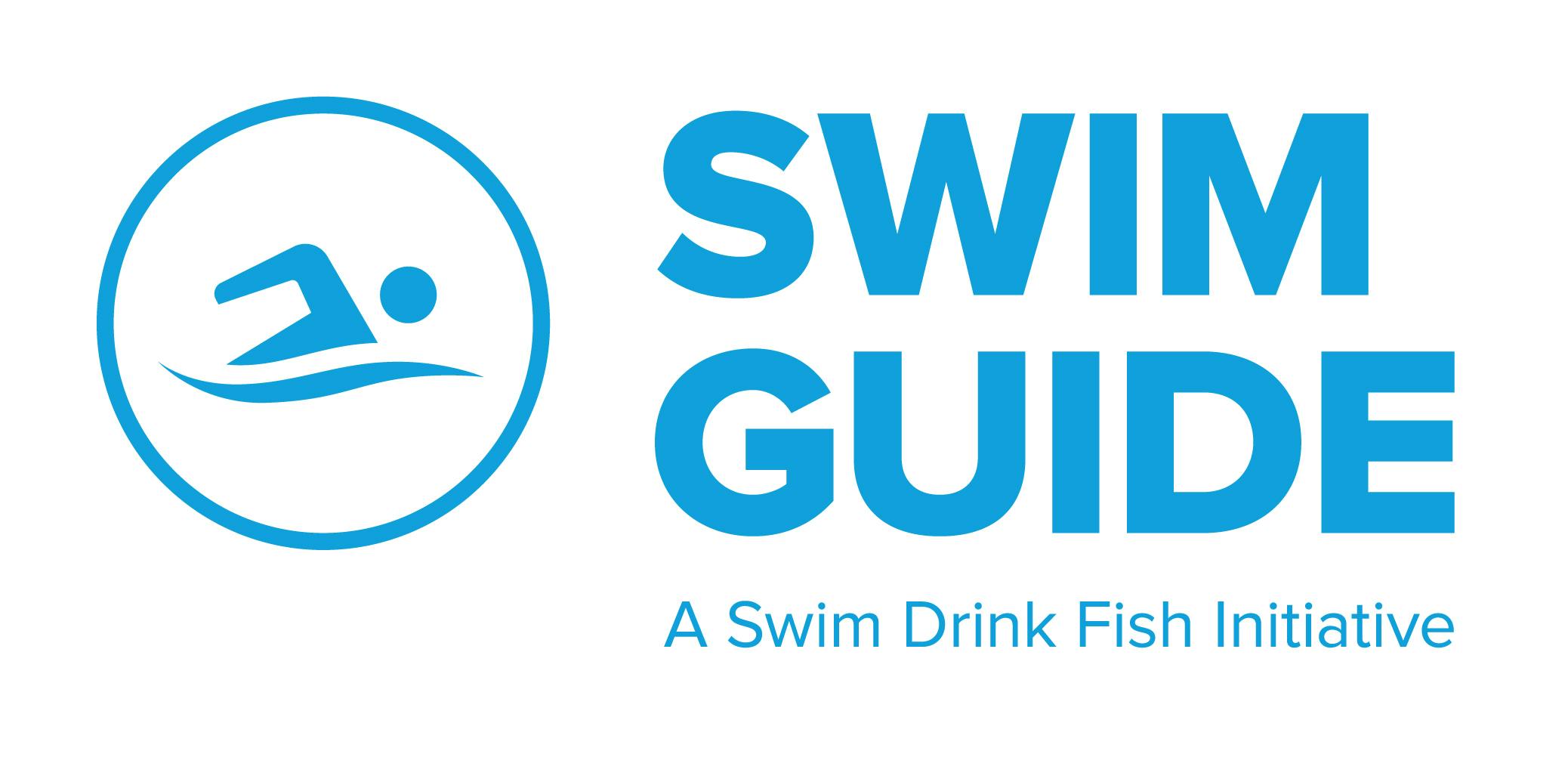How often do you visit the river, lake, or ocean nearest to your house?
Do you go swimming in it? Canoeing? Fishing? Or do you only admire its beauty from a distance?
How clean do you think the waterbody is? Is this something that you think about at all?
The answers to these questions may be more important and more connected than you realize.
A 2018 study by the Journal of Outdoor Recreation and Tourism found a link between people’s perceptions of a waterbody’s water quality and their use (or lack thereof) of that waterbody for recreation.
It appears that water quality perception is in the eye of the beholder. It also appears that ‘beholders’ who use the water for certain activities (such as fishing, bird watching, and hiking) are more concerned about how clean it is.
The study found that recreational water users feel positively about the quality of the water, and have higher levels of concern about its health. Those that did not participate in water recreation felt less positively about it, and had lower levels of concern about its health.
Who has access to water recreation?
The study further concluded that other factors, like age, education, gender, race, religion, and income influence how people perceive the water even more than recreation. For example, those of higher socio-economic status and of caucasian descent may have better access to waterbodies as well as more leisure time to recreate in them.
Likewise, certain factors (such as being a racial minority or being from a low-income household) also have implications for someone’s vulnerability and exposure to health risks associated with poor water quality. Such groups can also face barriers to water recreation. Finding transportation to waterbodies and having leisure time for water recreation can be more difficult for certain individuals.
In Ontario, Parkbus connects urban dwellers with the outdoors and Trails Youth Initiatives provides outdoor experiential education to vulnerable youth. Meanwhile, the Unlikely Hikers movement is working towards diversity, representation, community, and body liberation outdoors on an international scale.
When we don’t visit and use our waterbodies, we become disconnected from them.
If we aren’t getting our toes wet every once in a while, we can become completely unaware of the threats to water quality that are facing our rivers, lakes, and oceans.

Recreational water users are often some of the first people to recognize issues affecting water. This is because they are actually present to detect changes in the health of the water.
Less Time in the Water
Unfortunately, studies show that many of us are spending less time in the water than we used to.
How can we form perceptions of water quality when we’re visiting our waters less and less?
The 2019 Outdoor Participation Report found that almost half of Americans don’t participate in outdoor recreation. This finding represents a growing trend towards indoor (or no) physical activity. The report notes that in 2018, Americans ventured out on one billion fewer outdoor excursions than they did only ten years earlier.
Perhaps even more worrisome, the most recent data shows that while more kids are participating in outdoor recreation, the frequency of their outings is declining. According to the 2024 Outdoor Participation Trends Report, the average number of outdoor outings per participant (ages six and older) dropped 11.4% from 70.5 outings in 2022 to 62.5 outings in 2023. This suggests that, despite growing overall participation, kids are getting outside less often each year.
It’s these sorts of statistics that moved author Richard Louv to coin the term nature deficit disorder. The term refers to the mental and physical costs of our increasing disconnection from nature.
Nature deficit disorder is especially an issue for children. The deficit is said to cause diminished senses, trouble focusing, obesity, increasing rates of illness, as well as poor ecological literacy and decreasing concern for nature.
Recreating outdoors and in the water is important not only for our physical and mental health, but also for our natural world. The first step to caring about the health of our waters is forging a connection with them.
Swimming, kayaking, fishing, hiking, and taking part in any kind of recreational activity that will get you to the water is a great place to start. But how do we know where the water quality is suitable for recreation?

"Can I Swim Here?"
Swim Guide was created to answer this question!
The Swim Guide app and website provide up-to-date and reliable water quality data so that people can know where they can swim without risking contracting a waterborne illness and becoming sick.
Always check the water quality data before you head to the water. Once you know that your favourite waterbody has passed water quality testing, you can enjoy the water and form your positive water quality perception first-hand.
And if the water isn’t clean enough to swim in, learn why. Educate yourself about the issues facing your favourite waterbody, and find out what you can do to help.
If you care about your nearby waterbodies, find your local Waterkeeper and get involved. You can also volunteer for a shoreline cleanup and learn what you can do in your own home to reduce water pollution.

